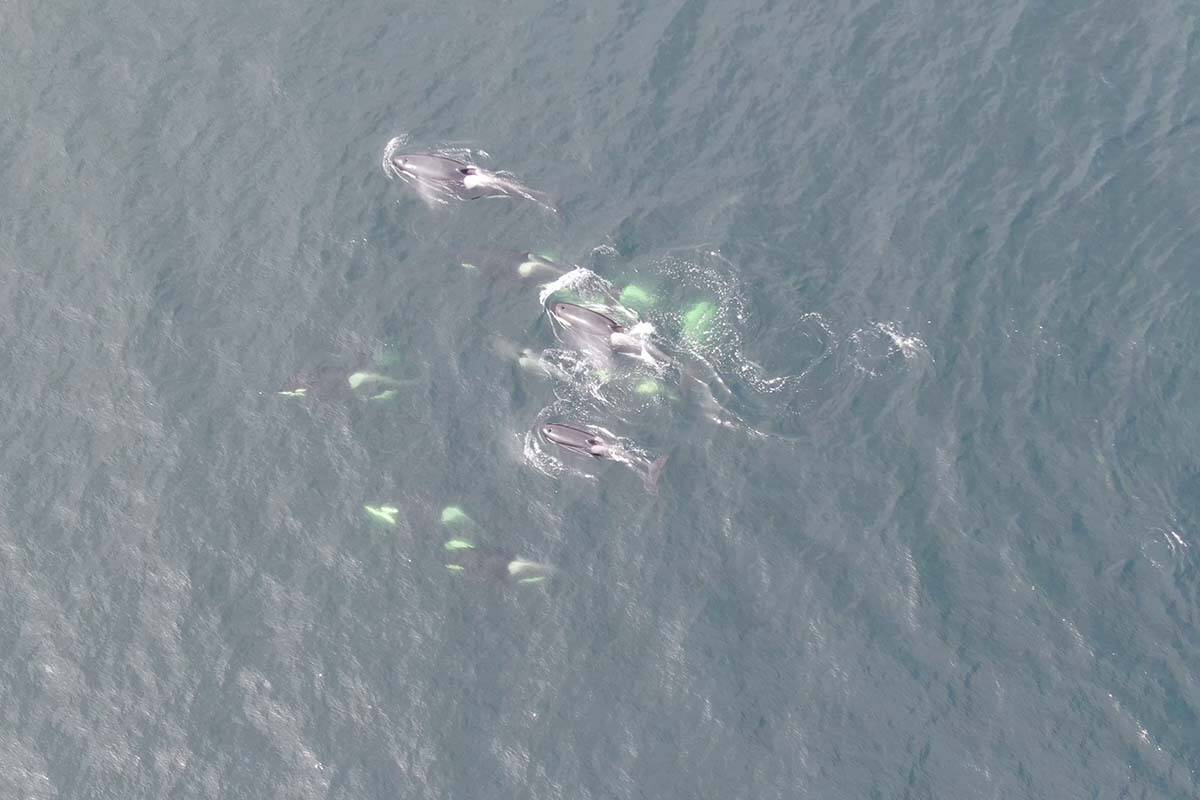Chemicals commonly used in toilet paper, food packaging and water repellents are making their way into the muscles and organs of orcas off B.C.’s coast.
University of British Columbia researchers studied the bodies of six endangered southern resident killer whales and six Bigg’s whales found between 2006 and 2018, and discovered a disturbing level of chemical pollutants inside each of them.
The most prominent chemical is a compound known as 4-nonylphenol or 4NP, which is listed as a toxic substance in Canada and can influence cognitive function. It’s commonly used in toilet paper, other pulp and paper processing, soaps, detergents and textiles. Researchers say 4NP accounted for about 46 per cent of the total pollutants they found.
The way it makes its way into orcas is through the food chain. Smaller organisms ingest it from areas closer to sewage treatment and industrial runoff sites, then larger fish eat them, and so on and so forth.
So far, very little regulation exists around 4NP because very little research has been done on it. In Canada, it’s known as a contaminant of emerging concern. The UBC study is the first to ever find 4NP in orcas.
READ ALSO: Why do oceans matter for climate change?
Other chemicals of concern come from food packaging, fabric stains, water repellents, cookware and fire extinguishers. These ones are known as “forever chemicals” because they last for such a long time in the environment. Many are listed as persistent organic pollutants in Canada.
The most common of those found in the orcas was 7:3-fluorotelomer carboxylic acid (7:3 FTCA). Researchers say no restrictions exist on its production or use, but that the European Chemical Agency is looking to list one of 7:3 FTCA’s potential parent chemicals as a toxic substance.
Especially concerning to researchers is the ability of the chemicals to move between mother orcas and their babies. All the studied pollutants were found to transfer into a mother orca’s womb, and 95 per cent of 4NP made its way into mothers’ fetuses.
And if the impact on the whales themselves isn’t enough to worry people, researchers say people should consider what the findings may mean for them.
“We are mammals, we eat Pacific salmon as well, so we need to think about how this could affect our health as well as other seafood that we consume,” co-author Dr. Juan José Alava, principal investigator of the ocean pollution research unit, said in a news release.
The researchers are calling on governments to halt the production of 4NP and 7:3 FTCA, as well as other harmful chemicals found inside orcas.
“This research is a wake-up call. Southern residents are an endangered population and it could be that contaminants are contributing to their population decline. We can’t wait to protect this species,” Alava said.
READ ALSO: 278 days of killer whale sightings last year in the Salish Sea
@janeskrypnek
jane.skrypnek@blackpress.ca
Like us on Facebook and follow us on Twitter.
OrcaPollution and Air QualitySouthern Resident Killer Whales

